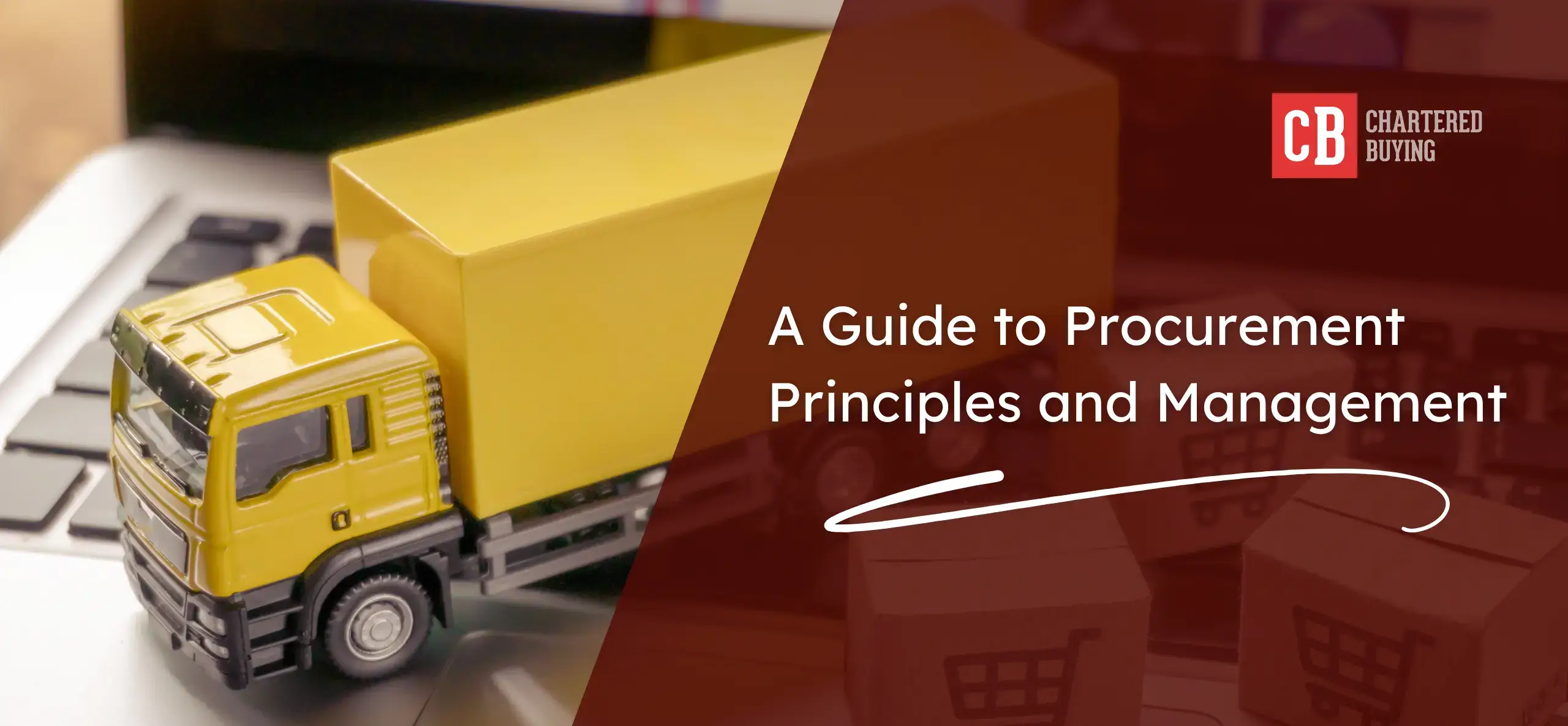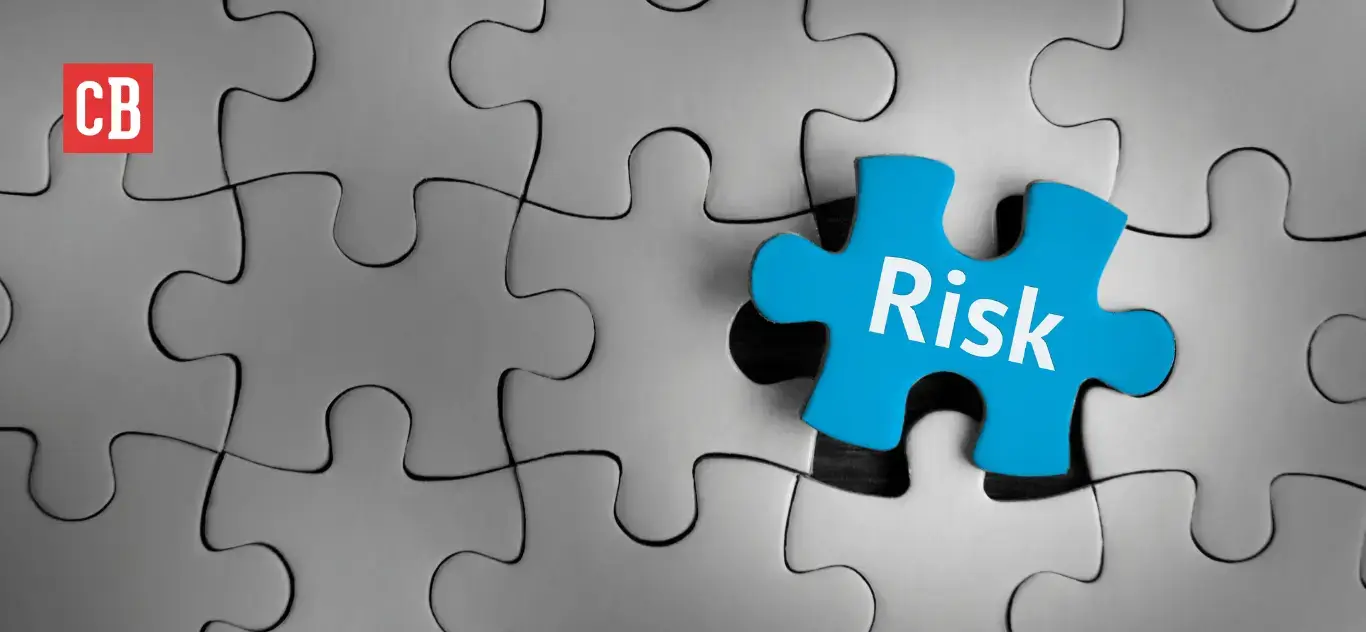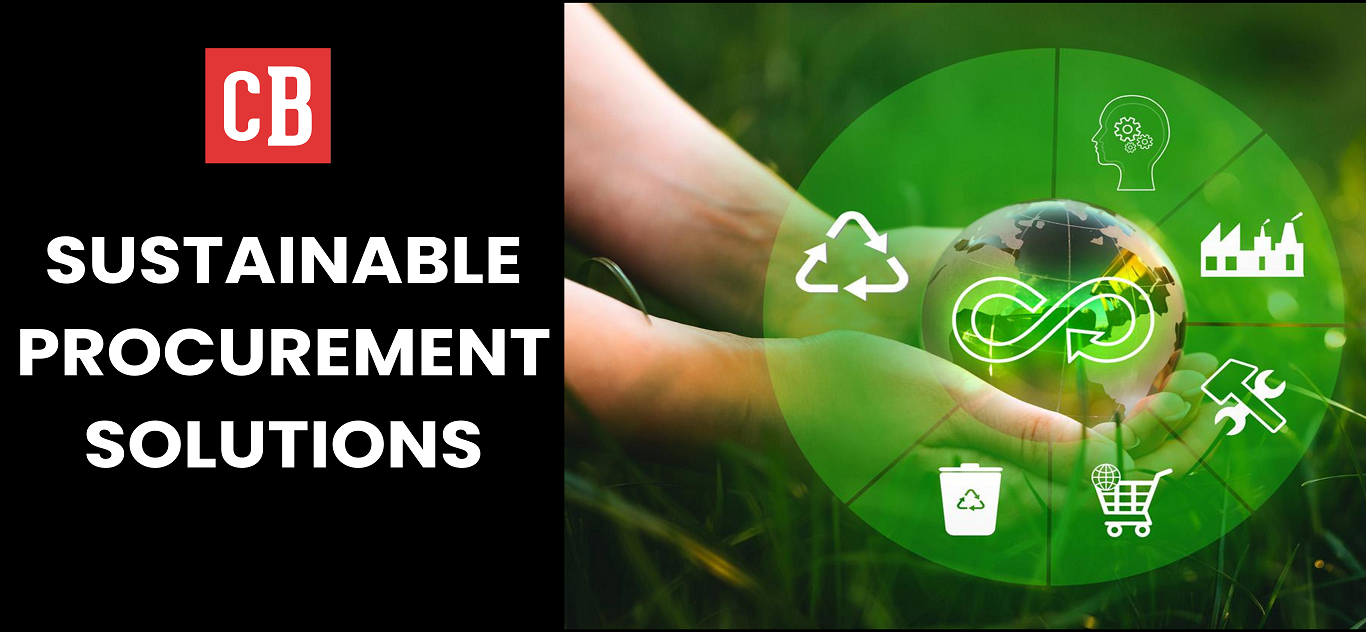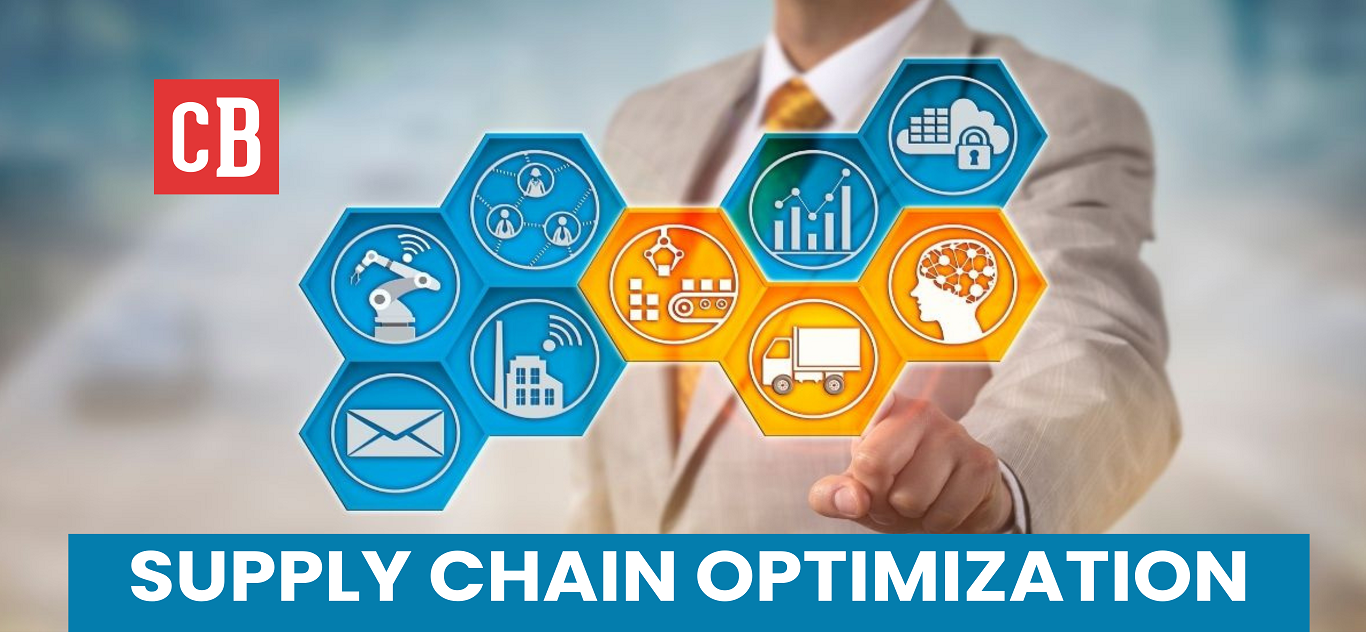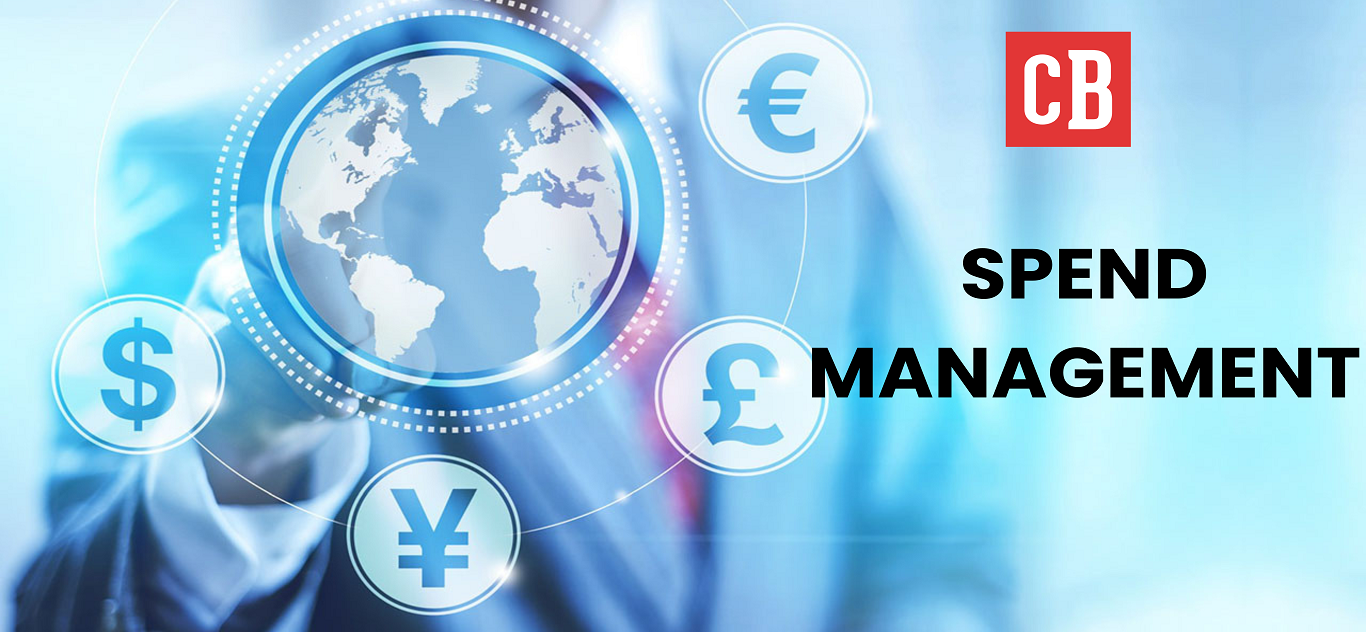Procurement Process Mastery
Unlock the potential of strategic procurement processes to optimize efficiency and drive growth with our comprehensive guide on procurement management.
Share
Introduction
Ah, the procurement process! A critical cog in the well-oiled machine that is your business. But what exactly is this process, and why should you give a hoot about it?
Kindly refer below to discover the ins and outs of this essential business practice, as we dive deep into the benefits of procurement process optimization, the step-by-step approach, and the importance of strategic management.
So, buckle up, and let’s get down to the nitty-gritty of procurement process mastery!
The ABCs of Procurement Process
1. What is a procurement process?
It’s a vital piece of the puzzle for ensuring smooth sailing in your company’s day-to-day operations.
2. Benefits of an agile procurement process
The advantages of a well-structured procurement process are nothing to sneeze at!
A top-notch and agile procurement management process can lead to significant cost savings, streamlined operations, and improved supplier relationships.
3. Step-by-step procurement process
The road to procurement success is paved with a series of carefully planned steps.
From identifying needs and selecting suppliers to negotiate contracts and monitoring performance, each phase of the process is crucial in achieving the desired results. Remember, it’s a lifecycle and not a step.
4. Strategic procurement process
It’s all about aligning purchasing activities with your company’s overall business objectives to create a competitive edge.
5. Importance of the procurement process
The process is the unsung hero of business success.
Ensuring the efficient acquisition of goods and services, it enables your company to focus on its core competencies and achieve its goals.
Revolutionizing Your Purchasing Management System
Procurement process improvement ideas
To improve your purchasing system, think outside the box! Consider adopting e-purchasing platforms, fostering collaborative supplier relationships, and implementing data-driven decision-making to give your system a much-needed facelift.
How to improve the process?
If you’re looking to jazz up your standard procurement process, start by maturity assessment and analyzing your current practices and identifying areas for improvement.
Then, establish clear objectives, implement best practices, and continuously monitor your progress.
Explain the procurement process
It starts with identifying the need for specific items, followed by research and evaluation of potential suppliers or vendors. Once suitable providers are identified, negotiations commence, aiming to secure the best terms and prices.
Upon finalizing agreements, contracts are drafted and signed to formalize the arrangements. Throughout the procurement journey, maintaining transparency, efficiency, and compliance with regulations remains paramount.
By effectively managing the acquisition process, businesses ensure timely access to quality resources, fostering smooth operations and sustainable growth.
Whether acquiring raw materials or outsourcing services, mastering the procurement process is integral to organizational success in today’s competitive landscape.
Conclusion
Purchasing Mastery is not an overnight feat, but with the right strategies and continuous improvement, your organization can reap the many benefits of an effective purchasing process.
By embracing technology, fostering supplier relationships, implementing data-driven decision-making, and promoting a culture of innovation, your purchasing process will not only become more efficient but also contribute to your organization’s overall success.
Remember, the purchasing process is a crucial aspect of any organization, and the more agile and efficient it becomes, the more positive impact it will have on the company’s bottom line.
Stay updated with industry trends, learn from other organizations’ successes and failures, and always be open to change and improvement. With dedication, persistence, and a commitment to excellence, your process can become a valuable asset to your organization.
Frequently Asked Questions
The acquisition process involves acquiring goods and services needed for a business operation. It typically includes steps such as identifying procurement needs, selecting suppliers, negotiating contracts, and managing vendor relationships to ensure timely delivery of quality products or services.
The main goal of procurement process optimization is to increase efficiency, reduce costs, and improve supplier relationships, ultimately driving growth and creating a competitive advantage for the business.
To enhance the procurement system, streamline workflows for efficiency, foster stronger supplier relationships, leverage technology for automation and real-time insights, and conduct regular evaluations and audits to drive continuous improvement.
The strategic procurement strategy differs from a standard purchasing process by prioritizing long-term goals, supplier relationships, and risk management. It involves market analysis, supplier evaluation, and negotiation for cost savings and efficiency. Unlike typical procurement methods, strategic procurement aligns with organizational objectives to drive value creation, mitigate risks, and foster innovation.
Implementing an e-procurement platform brings cost savings, process efficiency, and enhanced transparency. It improves supplier management, streamlines purchasing workflows, and provides real-time data for better decision-making. Additionally, it reduces errors and compliance risks while promoting eco-friendly practices and offering a competitive edge through innovation and agility in purchasing operations.
The four main processes of project procurement management are:
1. Acquisition Planning: Developing acquisition strategies and determining the best approach for acquiring goods and services.
2. Solicitation Planning: Preparing acquisition documents, such as requests for proposals (RFPs) or invitations to bid (ITBs), and selecting potential vendors.
3. Source Selection: Evaluating vendor proposals, negotiating contracts, and selecting the most suitable suppliers.
4. Contract Administration: Managing contracts, ensuring vendor performance, and handling any contract changes or disputes that may arise during project execution.
Data-driven decision-making improves procurement by analyzing supplier performance, market trends, and purchasing patterns. It optimizes supplier selection, negotiation, and cost-saving opportunities, fostering efficiency and reducing risks.
Establishing strong supplier relationships involves fostering open communication, mutual trust, and collaboration. Clear expectations, timely payments, and fair treatment are essential. Providing continuous feedback and focusing on long-term partnerships further strengthen the relationship.
A streamlined procurement system benefits the overall business by improving efficiency, cutting costs, and enhancing transparency. It ensures timely acquisition of goods and services, minimizes errors, and optimizes resource allocation. Additionally, streamlined procurement operations enable better supplier management and support strategic decision-making, ultimately contributing to the organization’s growth and competitiveness.
- To ensure continuous improvement in their procurement operations, corporates can:
- Regularly evaluate performance and conduct audits.
- Gather feedback from stakeholders and suppliers.
- Utilize technology for data analysis and process automation.
- Benchmark against industry best practices.
- Promote a culture of innovation and learning within the procurement team.
These strategies drive efficiency, cost savings, and better alignment with organizational goals.




